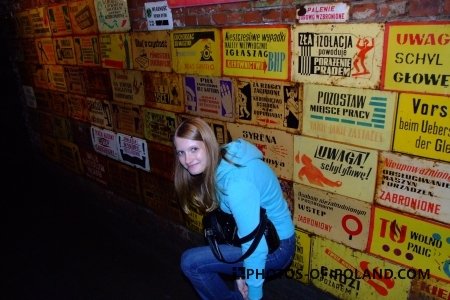
Złoty Stok

Złoty Stok – gold mine (Germ. Reichenstein)
The first excavation works in the Złoty Stok area had already been conducted about 2000 years BC. Till today over 300km of galleries, wells and roadways located on 21 levels have been hollowed. During the time of extraction that is for over 700 years, over 16 tons of pure gold have been extracted in the mines of Złoty Stok.
The mine in Złoty Stok has changed owners many times but it never disturbed the continuous excavation works. In the XV century Wit Stwosz bought shares in the mine. By this time the gold deposits were depleted and the artist went bankrupt. After issuing a false bill he was sentenced.
The biggest development of gold mining in Złoty Stok dated to the beginning of XVI century due to, among others, the transfer of the princely mint from Ząbkowice Śląskie to Złoty Stok.
A chemist and alchemist Hans Schärffenberg came up with the way of retrieving arsenic from arsenic ore thanks to which Złoty Stok for many years had been a world-leading supplier of arsenic.
Later the deposits of the ore were depleted and the mine together with the smelting were closed.
The World War Two “overlooked” the mine so after it was over the extraction works were restarted.
Many catastrophes, fires and pestilences are engraved in the history of the mine.
In 1962 the end of excavation mining works was announced.
By order of the Złoty Stok mayor part of the tunnels was cleared and in 1996 the mine was open for tourists.
The above text comes from the official website of the gold mine in Złoty Stok.






